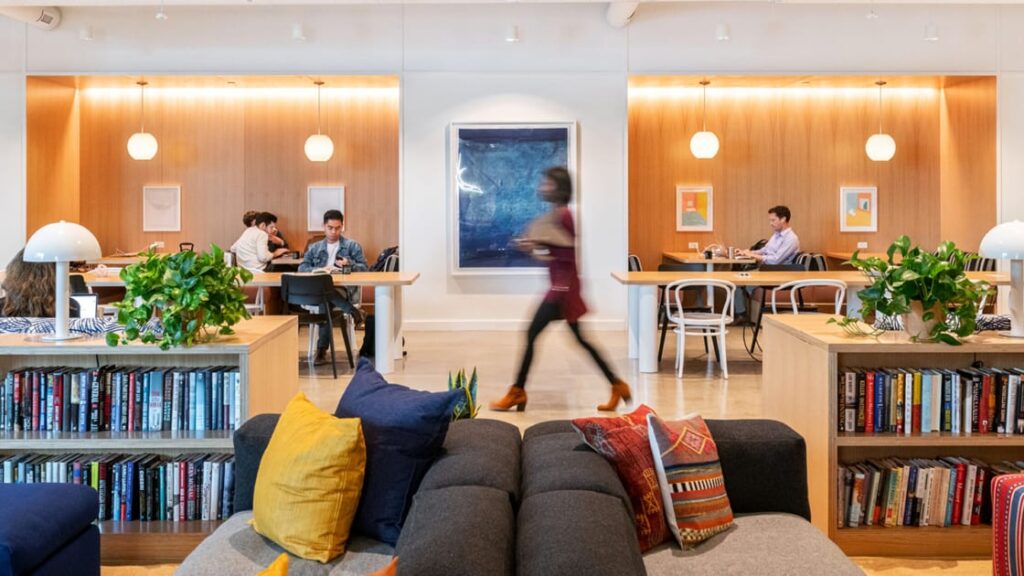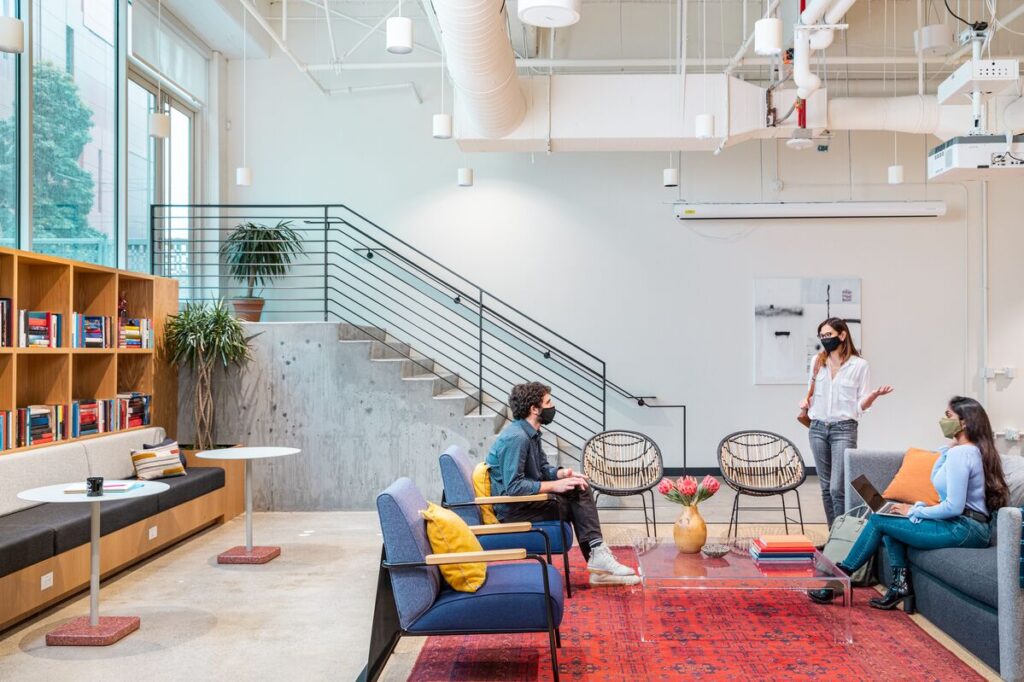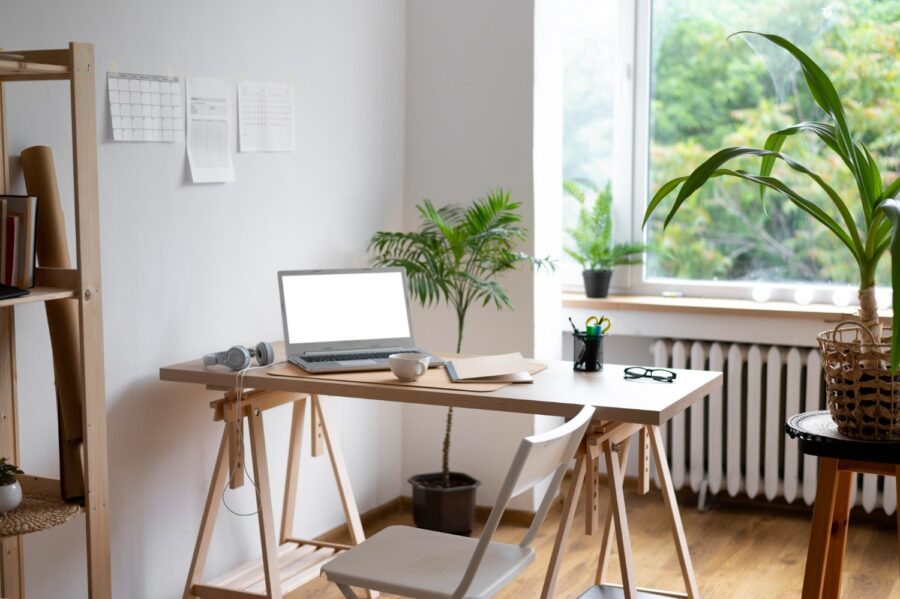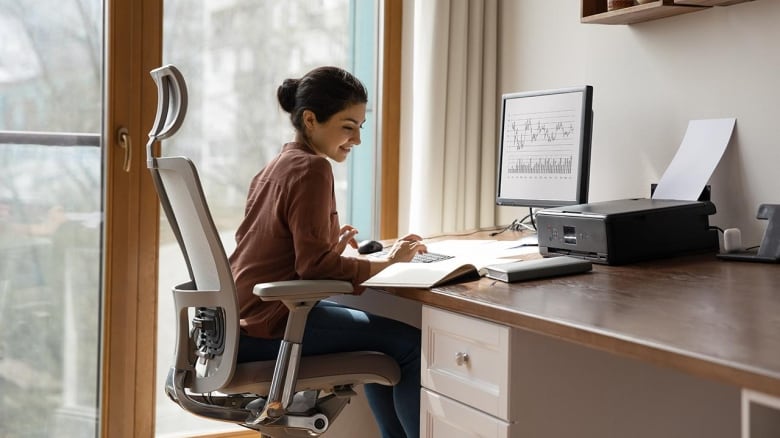Benefits of a Well-Designed Home Office: Increased Productivity and Enhanced Well-being
A well-designed home office has numerous benefits, including clearer thinking and better focus. It provides a space where you can work with solitude and productivity, free from distractions. An inspiring and functional home office allows you to think clearly and concentrate on your tasks, ensuring that it serves as both a workspace and a sanctuary. By creating a designated work zone in any spare room or open space, you can take full advantage of the benefits offered by a well-designed home office. Incorporating home comforts into your office design, such as proper lighting, ergonomic furniture, and flexible workspaces, can also contribute to your overall health and well-being. A well-designed home office is crucial for promoting a productive, comfortable, and efficient work environment. It can boost morale, facilitate collaboration, increase employee satisfaction, and attract talent. Overall, a well-designed home office is an essential element for a successful and productive work-from-home experience. Key Elements Of A Productive Home Office A well-designed home office offers numerous benefits, such as clearer thinking and improved focus. By creating a workspace free from distractions, you can enhance productivity and transform your home office into a sanctuary that promotes creativity and efficiency. Key Elements of a Productive Home Office Proper Lighting and Ergonomics Proper lighting and ergonomics are key elements of a productive home office. Adequate lighting not only brightens up the space but also helps to prevent eye strain and fatigue. Natural light is ideal, so position your desk near a window if possible. If natural light is limited, invest in bright and adjustable task lighting to ensure you have adequate illumination for focused work. Ergonomics is another important aspect to consider. A well-designed home office should prioritize your comfort and well-being. Invest in an ergonomic desk and chair that support good posture and minimize the risk of back and neck pain. A properly adjusted chair, with the right lumbar support and adjustable height, will go a long way in promoting comfort during long working hours. Additionally, consider adjustable monitor stands to position your screen at eye level, reducing strain on your neck. Noise Control and Acoustics Noise control and acoustics play a crucial role in creating a productive work environment. Minimizing noise distractions helps to maintain focus and concentration. If your home office is in a noisy area, consider using noise-cancelling headphones or background white noise machines to drown out external sounds. Additionally, incorporating sound-absorbing materials such as rugs, curtains, or acoustic panels can help to reduce echo and reverberation, creating a quieter workspace. These materials absorb sound waves and prevent them from bouncing off hard surfaces, resulting in a more peaceful and conducive work environment. Organization and Clutter-Free Environment An organized and clutter-free environment is essential for maintaining productivity and concentration. Keep your home office free from unnecessary clutter and distractions. Invest in storage solutions such as shelves, drawers, and filing cabinets to keep your documents, supplies, and equipment organized and easily accessible. Create designated spaces for different tasks to maintain a sense of order. For example, allocate an area for filing and paperwork, another for stationery and supplies, and a separate area for your computer and monitor setup. This arrangement promotes efficiency and saves time by eliminating the need to search for items when you need them. Summary: In summary, a well-designed home office incorporates key elements that promote productivity. Proper lighting and ergonomics ensure visual comfort and reduce the risk of strain and discomfort. Noise control and acoustics minimize distractions and create a peaceful work environment. Finally, maintaining an organized and clutter-free space enhances efficiency and saves time. Implementing these key elements in your home office will contribute to a productive and inspiring work atmosphere. Benefits Of A Well-designed Home Office: Increased Productivity A well-designed home office can greatly increase productivity by providing a space that promotes clear thinking and focus. With a well-thought-out layout and minimal distractions, your home office can become a sanctuary where work gets done efficiently. Enhanced Focus And Efficiency A well-designed home office promotes enhanced focus and efficiency. When your workspace is organized, clutter-free, and visually pleasing, it becomes easier to concentrate and stay on task. With a designated area for work, you can minimize distractions and create a productive atmosphere. Having a comfortable chair, ergonomic desk, and proper lighting can also contribute to improved focus and efficiency. Reduction In Work-related Stress A well-designed home office can help reduce work-related stress. When your workspace is personalized and designed according to your preferences, it creates a sense of comfort and coziness. Incorporating elements that inspire tranquility and relaxation, such as plants or wall art, can further enhance the stress-reducing benefits of a well-designed office. Additionally, having an organized space reduces the mental burden of searching for documents or supplies, contributing to a more relaxed and focused work environment. Improved Time Management A well-designed home office facilitates improved time management. With a designated workspace that is equipped with the necessary tools and resources, you can easily access everything you need to complete your tasks efficiently. This eliminates the time wasted on searching for important documents or supplies, allowing you to allocate your time more effectively. A well-organized office also promotes better workflow, ensuring that you can prioritize and manage your tasks with ease. Home Office Design For Enhanced Well-being Enhance Well-being with a Well-Designed Home Office Creating a well-designed home office can have numerous benefits for your well-being. It can provide a space for clarity of mind, focus, and productivity, while also serving as your own peaceful sanctuary. By incorporating home comforts and functional design elements, you can create a conducive environment that promotes health and overall well-being. Importance Of Personalizing The Workspace Personalizing your home office space is essential for enhancing well-being. When you surround yourself with items that reflect your personality and interests, it can create a sense of familiarity and comfort, making it easier to focus and be productive. Consider adding personal photographs, artwork, or sentimental objects that inspire you and bring a touch of
Benefits of a Well-Designed Home Office: Increased Productivity and Enhanced Well-being Read More »









